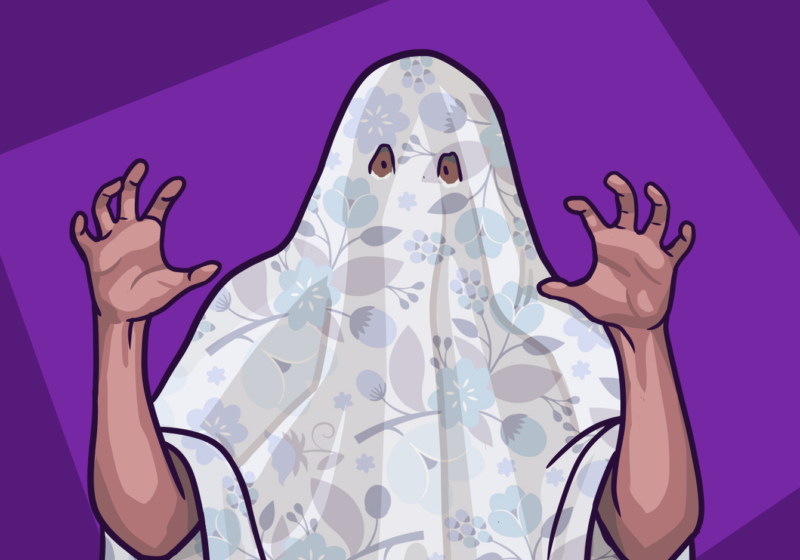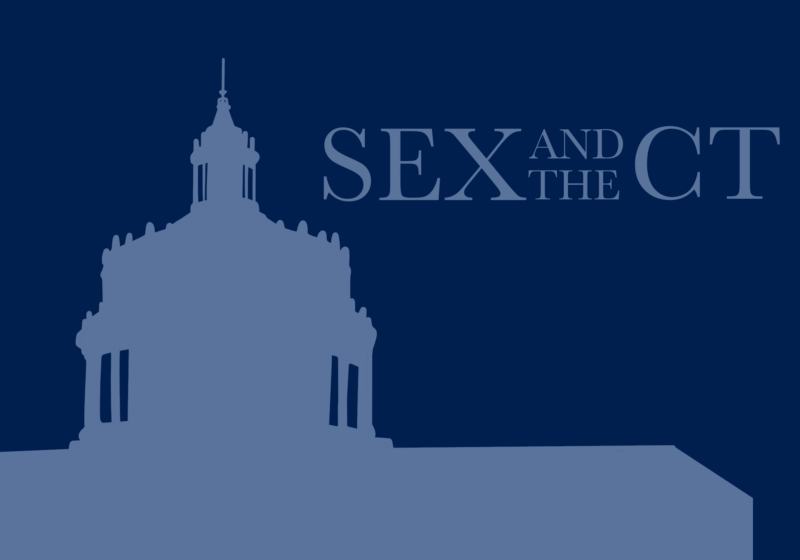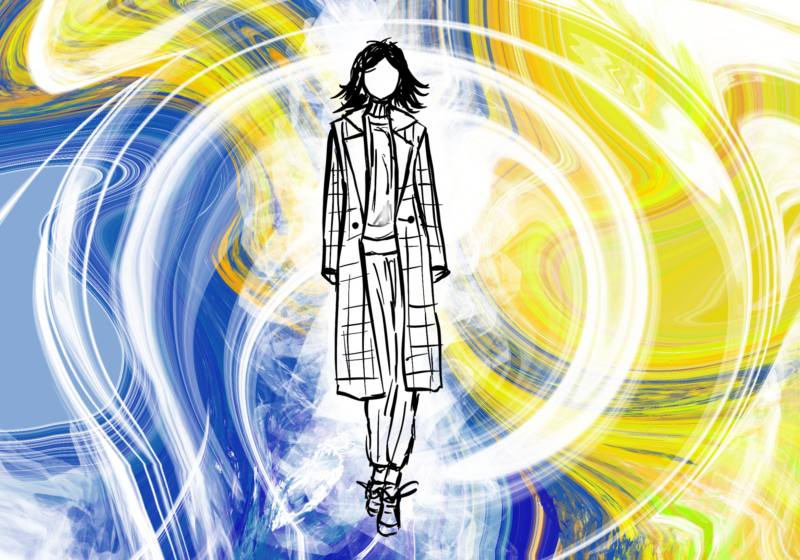When I was a child, I loved Halloween. I loved it for the candy — the costumes were almost an afterthought. My love of candy was common at that age, but as I grew older, I found that many found great joy in conceiving and executing a costume idea. And if I think about it, I understand why. The idea of becoming someone else, maybe even something else, for a day is alluring. One could be scary, funny, or pay homage to a beloved character. The possibilities are infinite.
But even in the most freeing of holidays there are rules, spoken and unspoken, that define our costume culture in general, and especially so during Halloween. It brings to my mind the Halloween party scene in “Mean Girls” where Lindsay Lohan comes to the party sporting a fantastic zombie bride costume. She finds that all of the other girls chose to dress sexy, and she soon discerns Girl World’s rule on Halloween. Cady’s voiceover reiterates this message: “In the regular world, Halloween is when children dress up in costumes and beg for candy. In Girl World, Halloween is the one night a year when a girl can dress like a total slut and no other girls can say anything about it.”
Some rules are outspoken, like those regarding the prominence of cultural appropriation. There are debates over whether white children can dress up as Black Panther or Moana, and overall dressing up as a culture (like being a Native American for Halloween) has been shunned by society.
Despite these rules, I think Halloween is a great time to analyze others’ and one’s own costume choices to maybe find out something new. Maybe Halloween is the day you choose to publicize your love of Studio Ghibli by dressing up as Totoro, or it’s the day you find out a casual acquaintance has a good sense of humor because of their funny costume.
A costume is one of the easiest ways to communicate a message. In media, costumes are often used to express a character’s key traits. A good example is Ross’s costume in the “Friends” episode “The One with the Halloween Party.” Ross comes as “Spudnik,” donning a potato costume combined with an antenna hat to make a nerdy pun on the Russian satellite Sputnik. From Ross’s costume the audience can tell he’s a nerd with an inherent sense of childish fun.
Another example is Ron Swanson from “Parks and Recreation.” In the episode “Meet n Greet,” Ron shows up to a costume party as a pirate. This seems normal enough, until we find out that this is his designated Halloween costume that he wears every year. Instead of switching up each year, he opts out of all of that tomfoolery and instead chooses to stick to one costume for his whole life. Ron as a pirate makes sense because he despises the government and has the appropriate grit and drinking ability. And his refusal to change his costume every year also makes sense, because Ron in general is not the most creative person.
We can discern character traits from the three mean girls in the aforementioned movie. Regina, Gretchen, and Karen use Halloween as a method to look downright sexy, and their efforts are thinly veiled by whatever pair of animal ears they don. Gretchen wears a skin-tight black latex bodysuit with pink cat ears and declares herself a cat, while Regina straight up dresses up as a Playboy bunny. These girls know that a major factor in their elite “plastic” status is how attractive they are, and their costumes mirror this reality.
So reader, I certainly appreciate the costume side of Halloween more now, and I hope you do, too. Happy Spooktober!



